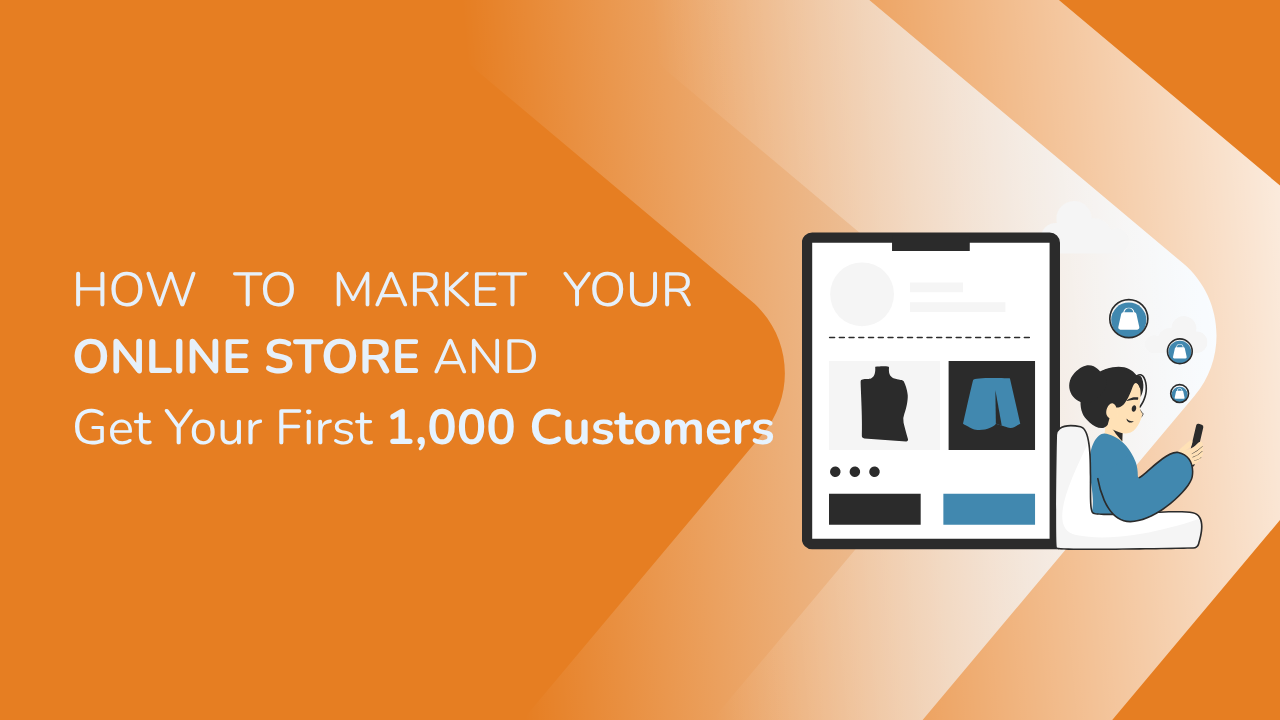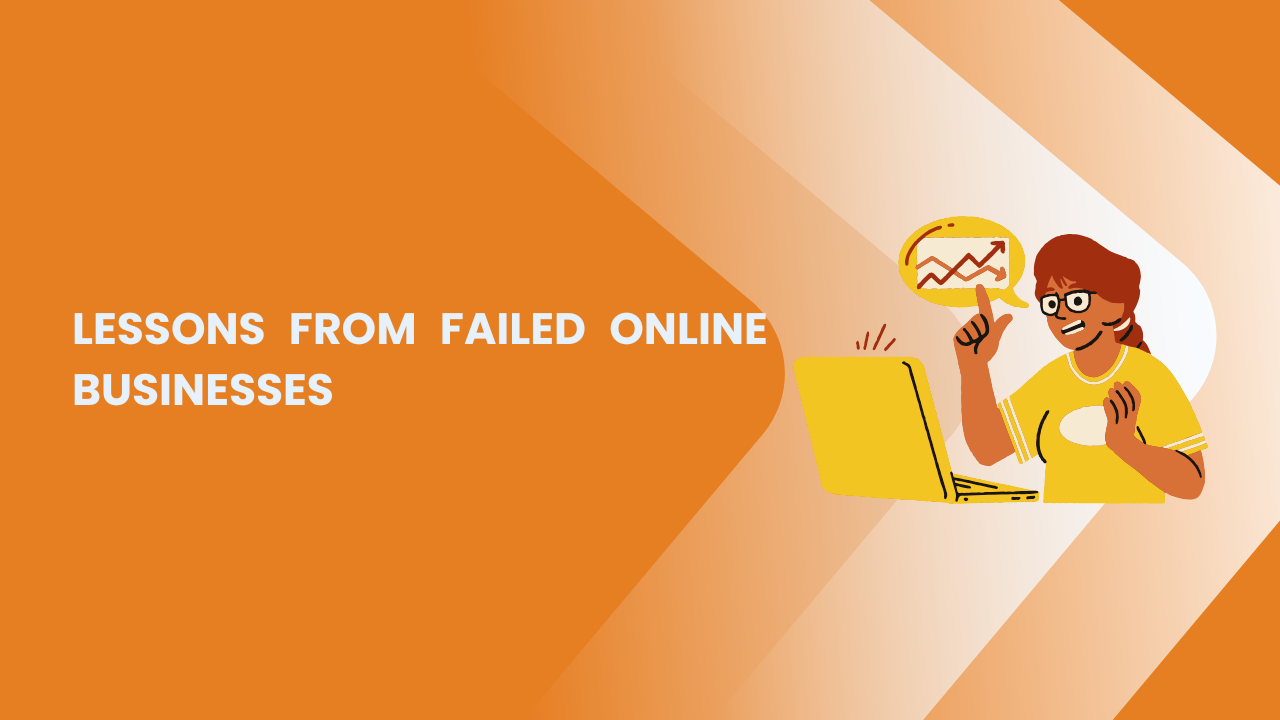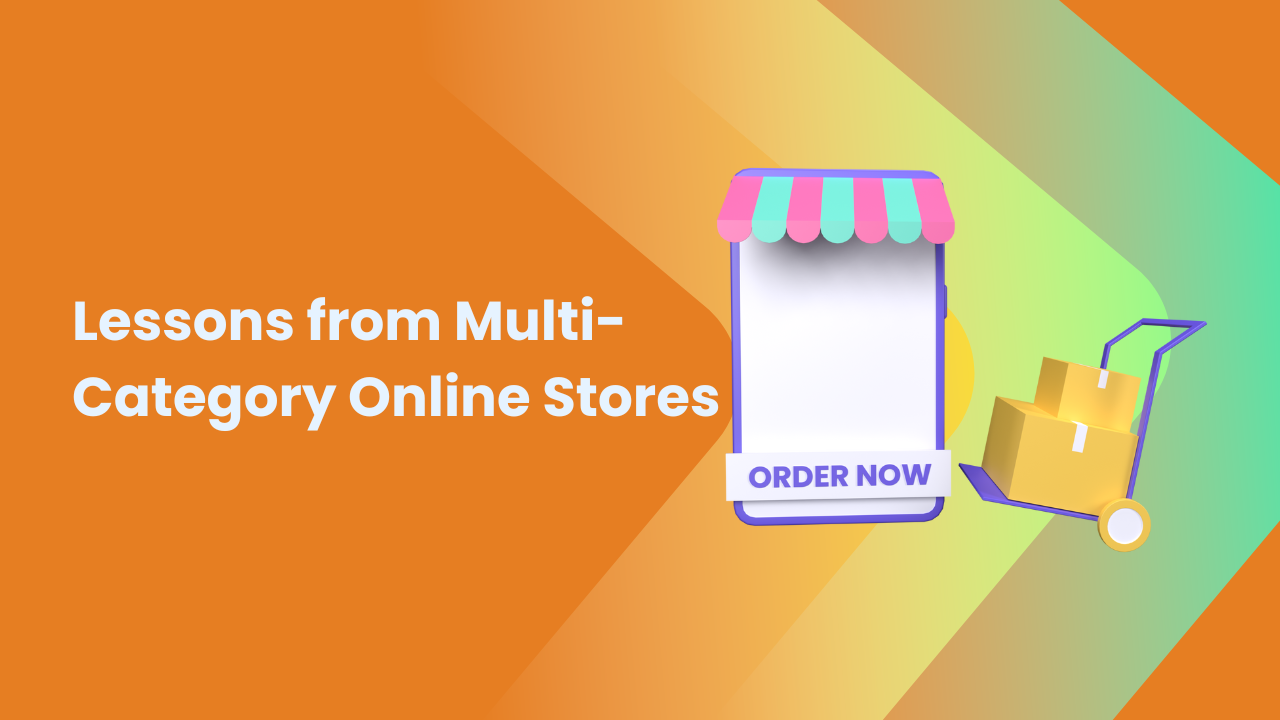Share this Article
Revolutionizing Retail: The Rise of Online POS Software in Modern Business
In the age of digital transformation, businesses are undergoing rapid evolution. From eCommerce stores to physical retailers, all kinds of businesses need better systems to manage operations, enhance customer experience, and streamline sales. This is where Online Point-of-Sale (POS) software becomes essential.
Gone are the days of bulky cash registers and handwritten receipts. Online POS software allows businesses to sell, track, analyze, and scale operations in real-time—all using the power of the internet. Whether you run a café in Kathmandu, a boutique in Pokhara, or a chain of electronics stores across Nepal, online POS software offers flexibility and control that legacy systems simply cannot.
This article explores what online POS software is, its features, benefits, industry applications, local and global examples, and how to choose the best system for your business.
What is Online POS Software?
A Point-of-Sale (POS) system is a combination of hardware and software used to process transactions. In its modern form, online POS software is a cloud-based solution that performs all the traditional POS functions—billing, inventory, customer management, reporting—through an internet connection.
Unlike legacy desktop-based POS systems, an online POS is:
- Accessible from anywhere
- Platform-independent (works on browser, mobile, or tablet)
- Continuously updated
- Integrated with other digital services (eCommerce, CRM, ERP, accounting)
How Online POS Works
Online POS software connects a front-end interface (used by cashiers or salespeople) with a backend dashboard (used by managers or business owners). It typically works in these steps:
- Product Selection – Cashier adds items to the cart by barcode scan or manual entry.
- Customer Checkout – Customer pays via cash, card, digital wallet, QR, or EMI.
- Receipt Generation – A digital or printed receipt is issued.
- Inventory Update – The product stock is automatically adjusted.
- Data Sync – All sales data is synced to the cloud for real-time access.
- Reports – Business owners can generate sales, inventory, and staff performance reports.
Key Features of Online POS Software
1. Cloud-Based Access
- Access your POS dashboard from any device with internet.
- Sync sales across multiple stores or branches in real-time.
- Backups and updates are automatic.
2. Multi-Channel Sales
- Integrated eCommerce and in-store POS in one system.
- Synchronize online and offline inventories.
- Unified customer and sales data.
3. Inventory Management
- Real-time stock tracking
- Low stock alerts
- Multi-location inventory
- Barcode support
4. Billing and Invoicing
- Fast checkout with multiple payment methods
- Customizable invoices (VAT, GST, QR codes)
- EMI and installment billing
5. Customer Relationship Management (CRM)
- Customer profiles
- Purchase history
- Loyalty points or rewards
- SMS/email marketing
6. Employee Management
- Staff login with role-based access
- Track sales performance
- Attendance and shift logs
7. Sales Reports & Analytics
- Daily, weekly, and monthly sales reports
- Profit margin tracking
- Product-wise and category-wise performance
- Graphs and charts for decision-making
8. Device Compatibility
- Works on mobile, tablet, desktop
- Optional integration with receipt printers, barcode scanners, cash drawers
9. Payment Integration
- Supports POS machines, QR code, bank transfer, eWallets (Khalti, eSewa, Fonepay)
- Custom payment modes for credit or due billing
10. Offline Mode
- Sell and store data without internet, syncs automatically when online resumes
Why Businesses Need Online POS Systems
- Speed and Accuracy
- Quick barcode scanning and digital records reduce billing errors.
- Quick barcode scanning and digital records reduce billing errors.
- Real-Time Control
- Owners can monitor sales live, even when they are not at the location.
- Owners can monitor sales live, even when they are not at the location.
- Cost Efficiency
- Cloud POS reduces hardware and maintenance costs.
- Cloud POS reduces hardware and maintenance costs.
- Scalability
- Easily add new branches, employees, or products.
- Easily add new branches, employees, or products.
- Customer Experience
- Faster checkouts and personalized service build customer loyalty.
- Faster checkouts and personalized service build customer loyalty.
- Data Security
- Cloud servers offer better security than traditional on-premise setups.
- Cloud servers offer better security than traditional on-premise setups.
Use Cases Across Industries
1. Retail Stores
- Grocery, clothing, electronics, cosmetics
- Inventory-heavy businesses
- Discount and loyalty programs
2. Restaurants and Cafes
- Table management
- Kitchen Display Systems (KDS)
- Split billing and tips
3. Pharmacies
- Expiry date tracking
- Medical batch management
- Customer purchase logs for prescriptions
4. Salons and Spas
- Appointment booking
- Service billing
- Staff-wise commission tracking
5. Hardware and Construction Stores
- Bulk order billing
- Credit and due management
- Vendor and purchase modules
Popular Online POS Software
Global Solutions:
- Square POS – Ideal for small businesses with mobile setups.
- Shopify POS – Integrates online store and retail POS.
- Vend by Lightspeed – Known for its flexibility and multi-store support.
- Toast POS – Restaurant-specific POS for the US market.
Nepal & South Asia:
- Saauzi POS (Nepal) – Online POS with local wallet integration, delivery sync, Nepali invoice formats.
- PiPOS (India/Nepal) – Retail and restaurant POS for small to medium businesses.
- Pathao POS (Nepal) – For grocery and retail stores with delivery support.
- Rigo POS – Built-in accounting and HR modules for business automation.
Benefits of Online POS for Nepali Businesses
- Language Support: Many local solutions offer Nepali interface.
- Local Wallets: Compatible with eSewa, Khalti, IME Pay.
- Custom Invoices: Tax invoices suitable for IRD requirements.
- Offline Billing: Useful in regions with unstable internet.
- Multi-currency: Support for USD, NPR, INR, etc.
- Delivery Service Integration: Sync with local riders or delivery companies.
Step-by-Step Guide to Getting Started with Online POS
- Sign Up
- Choose a POS software provider and register online.
- Choose a POS software provider and register online.
- Set Up Business Profile
- Enter store name, location, tax info, invoice settings.
- Enter store name, location, tax info, invoice settings.
- Add Products
- Upload products with name, category, price, stock, barcode.
- Upload products with name, category, price, stock, barcode.
- Configure Payments
- Add payment modes like cash, QR, eSewa, cards.
- Add payment modes like cash, QR, eSewa, cards.
- Connect Hardware (optional)
- Connect receipt printers, barcode scanners, etc.
- Connect receipt printers, barcode scanners, etc.
- Train Staff
- Provide basic training to cashiers and managers.
- Provide basic training to cashiers and managers.
- Go Live
- Start selling, track sales, and monitor reports.
- Start selling, track sales, and monitor reports.
Case Study: Using Online POS in a Nepali Supermarket
Store Name: Everest Mart, Butwal
Software: Saauzi POS
Challenge: Paper-based billing, stock mismatches, long queues
Solution:
- Deployed 3 counter POS terminals
- Integrated IME Pay and QR billing
- Tracked live inventory and expired products
Results:
- Billing time reduced by 60%
- 25% fewer stock-outs
- 15% increase in returning customers using loyalty points
The Future of Online POS Software
The POS ecosystem is evolving rapidly. Expect innovations like:
- AI-Powered Sales Suggestions
- Voice Command Billing
- Facial Recognition for Staff Login
- Blockchain-Based Inventory
- IoT-Connected Smart Shelves
- Augmented Reality (AR) in POS for product previews
In developing countries like Nepal, these trends are slowly arriving through local tech startups and regional expansions.
Conclusion
Online POS software is not just a luxury for large enterprises—it is a critical necessity for any modern business. It simplifies transactions, improves customer experience, gives real-time insights, and enhances control over inventory and sales.
For Nepali entrepreneurs, from small tea shops to multi-chain clothing retailers, embracing cloud POS systems means embracing the future of smart business. With digital payments, real-time dashboards, mobile access, and smart inventory tools, you are not just managing sales—you’re managing growth.
Categories:
E-commerce Tips & Tutorials
,
Marketing & Growth
,
SEO & Content Marketing
,
Beginner’s Guides
,
Sales & Conversion
,
Success Stories & Case Studies
,
Platform Features & Updates
,
Platform Comparisons
,
Design & UX Best Practices
,
Industry Trends & News
Tags:
Online Store in Nepal
,
5 Simple Steps
,
local businesses
,
e-commerce app
,
Small Business
,
strong brand
,
E-commerce
,
Role of Social Media
,
Growing sales
,
strategies
,
Social media
,
Logistics
,
Delivery Networks







